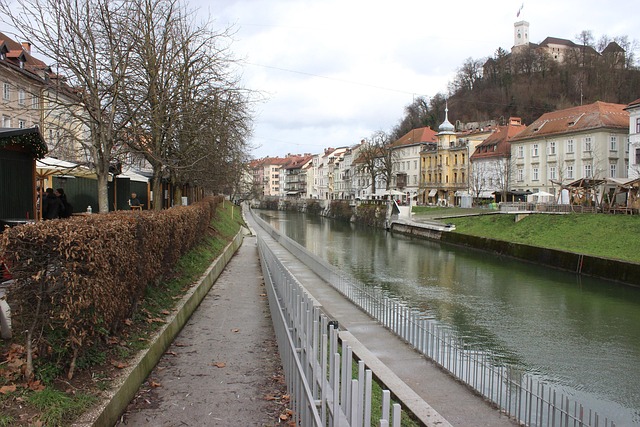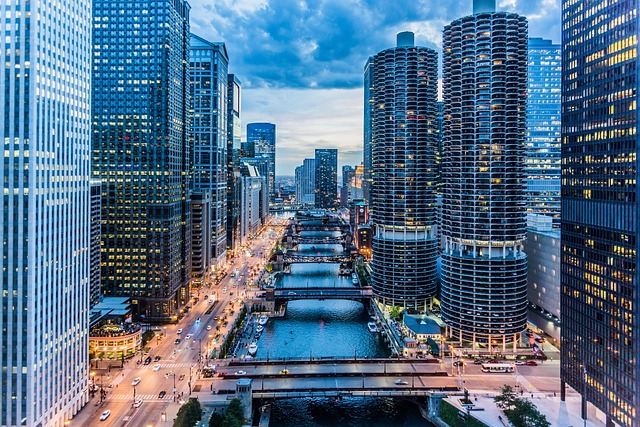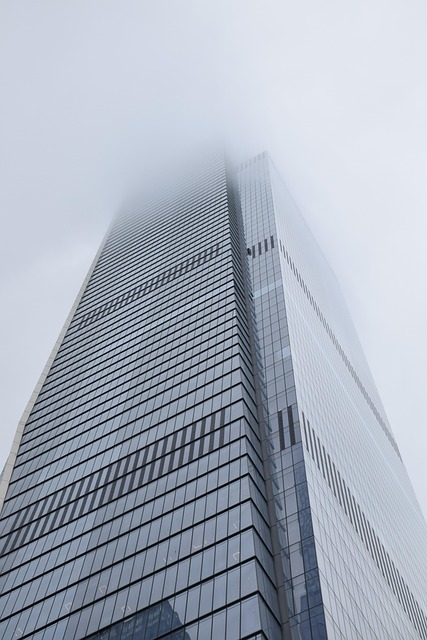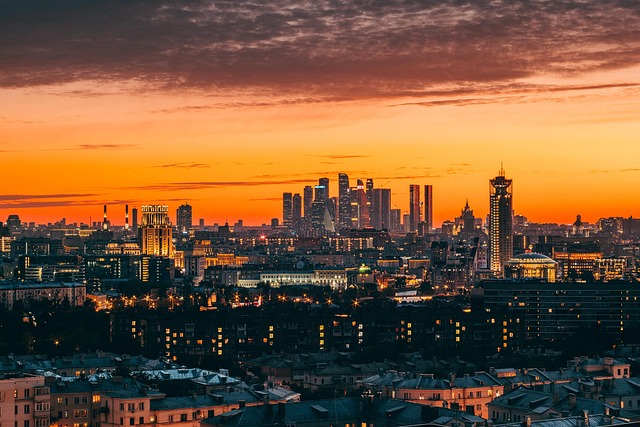Dalmia Road, Karachi, faces severe traffic congestion due to urbanization, population growth, and inadequate infrastructure. Narrow roads, lack of management features, construction projects, and poor maintenance exacerbate the issue, especially during peak hours. To improve conditions, effective strategies include enhancing public transport, implementing smart traffic management systems, adjusting road layouts, and promoting collaborative efforts between government bodies and urban planners. Future innovations in smart transportation technologies will optimize traffic flow, reduce congestion, and lower pollution, making Dalmia Road a model for efficient urban mobility in Karachi.
Dalmia Road in Karachi, a bustling hub of commercial activity, often faces severe traffic congestion. This article delves into the intricate web of factors contributing to this daily challenge. From understanding the complex traffic patterns to identifying key congestion drivers, we explore potential solutions and improvements for smoother travel. Additionally, we gaze towards the future, considering innovative strategies to transform Dalmia Road into a seamless transit experience for Karachi’s growing population.
- Understanding Traffic Patterns on Dalmia Road, Karachi
- Key Factors Contributing to Congestion
- Potential Solutions and Improvements
- Future Prospects for Seamless Travel
Understanding Traffic Patterns on Dalmia Road, Karachi

Dalmia Road in Karachi is a bustling artery that cuts through the heart of the city, making it crucial to understand its unique traffic patterns. The road serves as a major thoroughfare for both local residents and commuters, with heavy vehicular movement throughout the day. In the mornings and evenings, peak hour traffic can be intense, with a significant number of vehicles attempting to navigate the route during these times. This period often sees a mix of private cars, public transport, and commercial vehicles, creating a dynamic yet challenging environment for road users.
The traffic flow on Dalmia Road is influenced by several factors. Local businesses along the street contribute to heavier footfall, while nearby educational institutions and residential areas also play a role in the high volume of traffic. Additionally, construction projects and special events in the vicinity can cause temporary disruptions, affecting travel times and routes. Understanding these patterns is essential for both urban planners and residents to advocate for improved infrastructure, signaling, or transportation solutions tailored to Karachi’s vibrant and ever-evolving street life.
Key Factors Contributing to Congestion

In Karachi, Dalmia Road is a major thoroughfare that, like many urban arteries, faces significant traffic congestion. Several key factors contribute to this challenge. One primary reason is the rapid urbanization and population growth of the city, leading to an increase in vehicle ownership. With more cars on the road, especially during peak hours, the flow of traffic becomes hindered, causing delays and building up congestion.
Another major factor is inadequate infrastructure. Karachi’s road network, despite its extent, often fails to keep pace with the rising demand. Narrow roads, insufficient lanes, and a lack of proper traffic signals or roundabouts can exacerbate the problem. Additionally, construction activities and poor maintenance further complicate matters, leading to temporary detours and reduced road capacity that negatively impact traffic flow.
Potential Solutions and Improvements

To address the traffic congestion on Dalmia Road in Karachi, several potential solutions and improvements can be implemented. First, enhancing public transportation infrastructure could encourage more residents to opt for buses or trains, reducing the number of private vehicles on the road. Additionally, smart traffic management systems, including real-time traffic monitoring and adaptive signal control, can optimize flow and minimize delays.
Implementing these measures would require collaboration between the local government, transport authorities, and urban planners. They could also involve road layout adjustments to create more lanes or dedicated transit corridors. Furthermore, raising awareness about traffic rules and promoting shared mobility options among residents of Karachi can contribute to a smoother and safer commuting experience for all.
Future Prospects for Seamless Travel

In the future, Karachi’s Dalmia Road is poised to become a model for seamless travel and efficient urban mobility. Smart transportation technologies will play a pivotal role in this transformation, offering real-time traffic updates, optimized routing, and integrated public transport systems. These innovations promise to reduce congestion, minimize travel times, and enhance overall passenger experiences.
With the implementation of advanced traffic management systems, Karachi can look forward to smoother flows even during peak hours. This will encourage more people to opt for public transit or non-motorized modes of transportation, leading to reduced road pollution and a healthier urban environment. The city’s prospects for seamless travel are bright, setting a positive trajectory for sustainable urban development in Karachi.
The complex traffic dynamics of Dalmia Road, Karachi, demand a multifaceted approach to alleviate congestion. By identifying key contributing factors, implementing efficient solutions, and planning for future infrastructure, we can strive for seamless travel experiences in this bustling metropolis. Through data-driven strategies and community involvement, Karachi has the potential to revolutionize its transportation network, ensuring a smoother journey for all road users.
